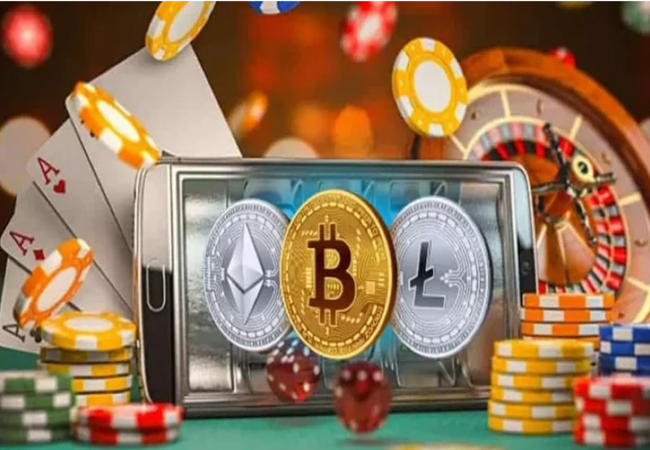WBTC vs BTC: Which one is better?

Bitcoin was the first successful digital coin. It remains the most popular cryptocurrency and is consistently ranked as one of the best investment tools. And yet, objectively, in terms of functionality, BTC is inferior to later blockchains. What if we create a version of Bitcoin that runs on the Ethereum network? This idea was embodied in Wrapped Bitcoin.
What is Wrapped Bitcoin (WBTC)
Wrapped Bitcoin launched in 2019 to enable the use of Bitcoin on the Ethereum blockchain. At the origins of the tokenized version of Bitcoin are Kyber Network, Ren, and BitGo – key players in the field of decentralized finance.
The Ethereum blockchain was created as a platform for Defi transactions, as well as for the creation and hosting of decentralized applications (Dapps). Another important advantage of the Ethereum network is its higher throughput: transactions are processed about twice as fast as in the Bitcoin blockchain.
Wrapped Bitcoin is nothing but an ERC-20 token. Its value is rigidly tied to the value of BTC. This means that the WBTC to BTC exchange rate is 1:1. Technically, this pegging is done by holding BTC in provable reserves, in much the same way as it is implemented for fiat-backed stablecoins. Formally, WBTC can also be classified as a stablecoin.
What is the difference between WBTC and BTC
So, Wrapped Bitcoin is a tokenized version of Bitcoin intended for use in the Ethereum ecosystem. Accordingly, the minting of new coins is different from the process of mining the original BTC coins. New coins are issued only by trusted sellers.
If you have a large enough amount of BTC and a business idea that is best implemented by creating decentralized applications or smart contracts on the Ethereum network, you will need WBTC.
You will have to contact a trusted merchant who will verify your identity and ownership of the coins. If everything is in order, the seller turns to BitGo, a trusted third party; which issues the corresponding amount of WBTC tokens. When the coins are issued and the seller receives them; you will send your BTC to the seller to be exchanged for WBTC. As a result, you will have the necessary tokens, and the original coins will remain in reserve with the seller, to ensure the value of Wrapped Bitcoin. All transactions are recorded on the blockchain and you can see them.
After the exchange is completed, all the functions of the Ethereum blockchain will be available to you. If you need to return the original coins, you return to the seller; he burns WBTC and returns your coins from the reserve.
This process looks cumbersome and lengthy, but in practice; exchanging BTC for WBTC is much more profitable than converting to ETH or other tokens on the exchange.
How Wrapped Bitcoin is Used
The two versions of Bitcoin have the same market value. The differences between WBTC vs BTC relate to their functionality:
- Increased transaction speed. You can do business with settlements in BTC but at the speed of Ethereum.
- Access to decentralized crypto exchanges. Bitcoin dominates centralized exchanges. It is almost universally used as the main cryptocurrency for trading. Decentralized exchanges prefer ETH, as many of them are based on second-level solutions for the Ethereum blockchain.
- The ability to create smart contracts with settlements in BTC.
Of course, exchanging Bitcoin for Ethereum or any other cryptocurrency is already quite easy. The king of the cryptocurrency market forms trading pairs with almost all coins and tokens. In particular, over 350 swap directions are already available on Letsexchange.io – instant crypto exchange. But at the same time, minting Wrapped Bitcoin against the security of your own coins remains the most reliable way to get the desired asset.
Which coin is better
As an investment tool, the tokenized version and the original are absolutely equivalent. In terms of doing business using smart contracts and other Defi transactions, Wrapped Bitcoin is preferable.

